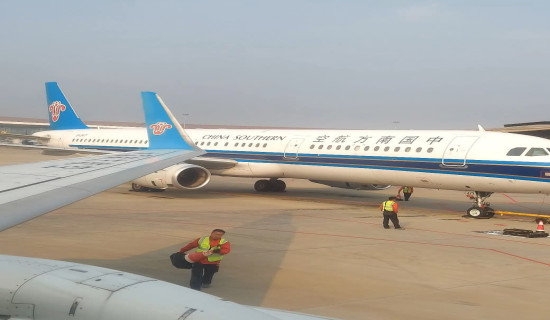- Sunday, 7 December 2025
Strategic Approach To Foreign Aid
The recent suspension of the Millennium Challenge Corporation (MCC) project, alongside the temporary halt of USAID-funded initiatives in Nepal, has raised concerns about the country’s development trajectory. The Ministry of Finance confirmed that Nepal received an official communication regarding the MCC project delay on 2nd Falgun 2081, despite its initial agreement being signed on 29th Bhadra 2074. Additionally, the U.S. government’s request for a 90-day suspension of USAID projects and the cancellation of six different USAID-funded initiatives reflect the shifting nature of foreign assistance and its implications for Nepal.
While these decisions may disrupt certain programmes and impact employment for individuals associated with these projects in the short term, they also present an opportunity for Nepal to cultivate self-reliance. As Nepal prepares to transition from a least developed country to a developing nation by 2026, it must strengthen its economic foundations and reduce dependence on foreign funding, ensuring a sustainable growth model that prioritises national interests over external influences.
USAID’s dual role
USAID was founded in 1961 to promote economic stability in developing nations, but its programmes have often aligned with U.S. strategic interests. Andrew Natsios, a former USAID administrator, highlights that foreign aid is now a tool in great power competition, where China and Russia expand their influence as the U.S. reassesses its aid strategies. Raj Kumar, president and co-founder of the Development Executive Group, critiques the fragmentation of U.S. foreign aid, highlighting inefficiencies due to multiple agencies managing separate aid initiatives. This has led to overlapping of responsibilities and reduced overall effectiveness. Political scientist Steven Finkel provides a counterview, noting that USAID’s democracy promotion efforts have shown moderate success in strengthening governance. However, whether these impacts are genuine or strategically motivated remains a key debate.
Finkel argues that USAID’s programmes have contributed to democratic consolidation in recipient countries. However, the effectiveness of aid depends largely on the willingness of local governments to implement democratic reforms. Countries with stronger institutions benefit more, while powerful regimes often resist or manipulate aid for their own interests. Kumar highlights a key issue: USAID’s short funding cycles, dictated by shifting U.S. political priorities, often result in inconsistent engagement. Civil society organisations may receive support for a few years but face withdrawal when strategic interests change, weakening long-term progress.
Natsios emphasises that foreign aid has historically served as a counterbalance to rival powers. During the Cold War, USAID was instrumental in strengthening U.S. alliances. Today, aid often targets regions where China is expanding its Belt and Road Initiative, raising concerns about whether development assistance is being used as a geopolitical tool. The temporary halt in USAID projects and the postponement of the MCC initiative in Nepal illustrate these shifting geopolitical priorities. The suspension highlights Nepal’s vulnerability to external policy changes and underscores the need for a resilient domestic economic strategy.
USAID’s contributions to health and education have been notable, but infrastructure and economic development projects have shown mixed results. Kumar (2006) points out bureaucratic inefficiencies that cause delays and cost overruns in projects, reducing overall impact. Natsios (2020) contrasts USAID’s approach with China’s Belt and Road Initiative, which offers large-scale infrastructure financing with fewer political conditions. Many developing nations see Chinese aid as more attractive, despite concerns about debt dependency.
Finkel (2007) notes that while economic aid reduces poverty, it does not always foster democracy. Countries like Ethiopia and Rwanda have experienced economic growth through aid without significant political liberalisation, raising questions about the long-term effectiveness of development assistance. In Nepal, these dynamics are evident in the suspension of major projects like MCC and USAID-funded initiatives. The temporary halt in U.S.-backed projects has raised concerns about long-term economic planning, as Nepal must navigate uncertainties regarding foreign assistance while ensuring that development goals remain on track.
Nepal has long benefited from USAID funding in governance, education, and health. However, global trends suggest Nepal must adopt a strategic approach to foreign aid. The country must strengthen local industries and reduce overreliance on external assistance, ensuring long-term economic sustainability. While USAID has historically been a major player in Nepal’s development, Nepal should explore partnerships with regional actors like India and China to secure more balanced and favourable aid agreements. Strengthening governance mechanisms to ensure transparency and accountability in aid utilisation will help align projects with national priorities rather than donor-driven agendas.
One of the most successful aspects of USAID’s historical aid has been in education and capacity-building programmes. Nepal should use foreign aid to enhance technical education and workforce development. Investing in human capital will provide the country with a skilled workforce capable of driving economic growth independently of foreign assistance. The gradual phasing out of foreign aid should be complemented by investments in entrepreneurship, infrastructure, and industrial development to sustain long-term progress.
Sustainability
USAID’s role in global development is complex, shaped by both humanitarian and strategic objectives. While its programmes have contributed to governance and economic growth, their alignment with U.S. foreign policy raises concerns about long-term sustainability. For Nepal, the key challenge is to leverage foreign aid effectively while minimising external dependencies. With China emerging as a dominant aid provider, Nepal must navigate these shifts carefully, focusing on strengthening governance and sustainable economic development.
As global foreign aid dynamics evolve, Nepal must determine whether it can harness external support for long-term growth or risk becoming entangled in geopolitical rivalries. The suspension of key projects like MCC and USAID initiatives serves as a reminder that reliance on foreign assistance comes with uncertainty. Moving forward, Nepal must establish economic resilience by investing in self-sufficiency, ensuring that its transition from a least-developed country to a developing nation is driven by sustainable and independent growth.
(The author is an advocate and development practitioner.)


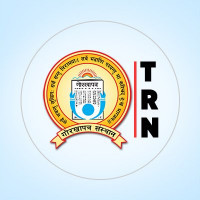
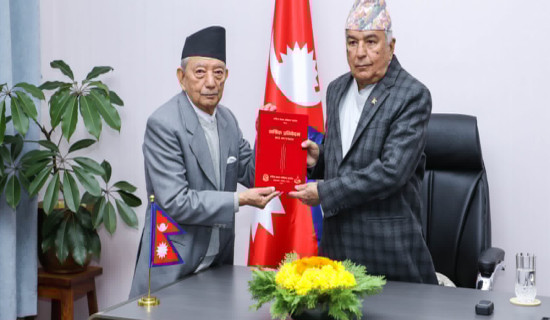


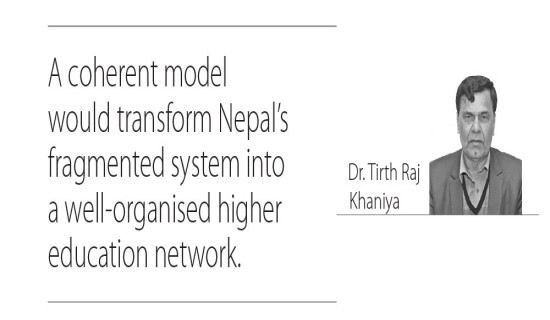
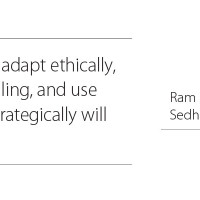





-original-thumb.jpg)

